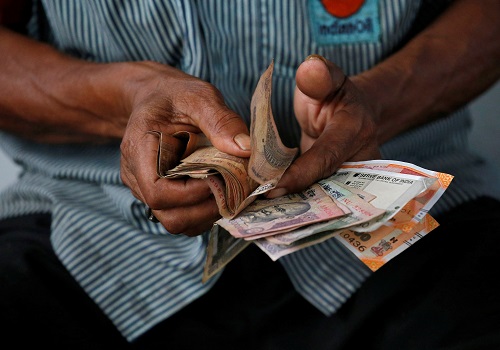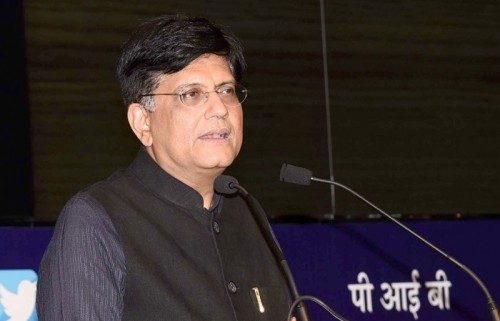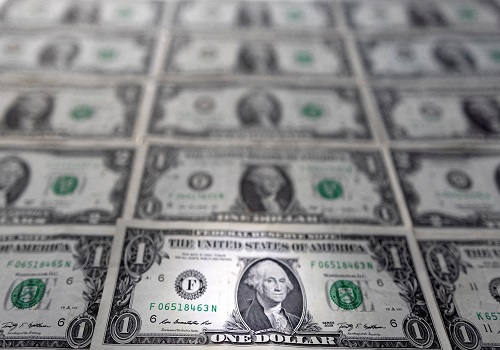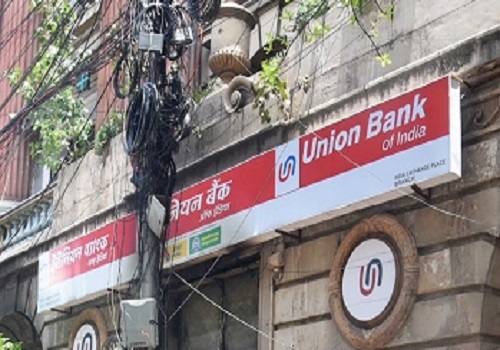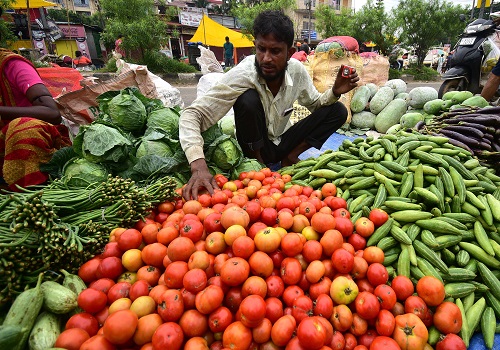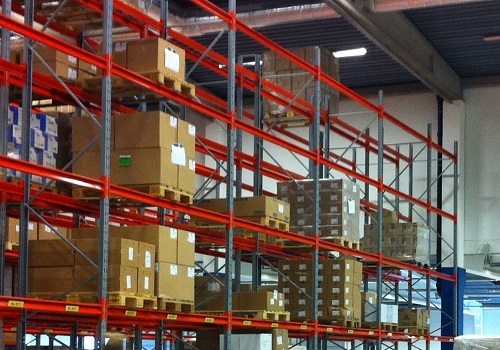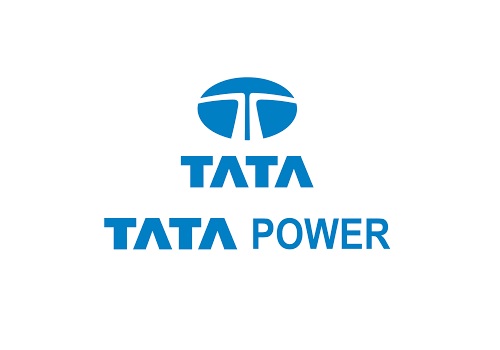Fertilisers Sector Update : Focus on reducing dependency on imported fertilisers in long run By Anand Rathi Share and Stock Brokers
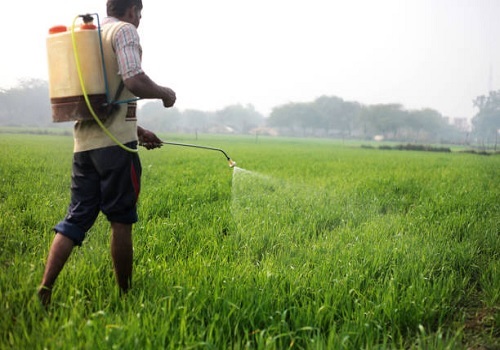
Follow us Now on Telegram ! Get daily 10 - 12 important updates on Business, Finance and Investment. Join our Telegram Channel
We hosted a virtual investor conference with Arvind Choudhary, DirectorGeneral, The Fertiliser Association of India. We discussed IndianMagriculture regarding changing patterns of fertiliser consumption and benefits of nano-urea. Key highlights of our interactions follow.
Indian agriculture. India has been running one of the largest food-security programmes in the world and recorded its highest agricultural production in 2022- 23. The government aims to maintain 3-4% growth in agriculture production, specially for foodgrains, in coming years.
The Indian fertiliser sector. India is the second largest consumer of fertilisers. It is the second largest producer of nitrogen (N) and phosphates (P) with total fertiliser production (N+P+K) of 43.7m tonnes and 18.6m tonnes of nutrients in 2021-22. The county largely depends on the international market for raw materials and fertilisers. India is taking steps to slowly reduce dependence on conventional products and source nutrients from natural resources incl. renewables. Its FY23
fertiliser subsidy was Rs2.26trn; the budgeted provision for FY24 was Rs1.75trn.
Urea is excessively applied (due to its low price) especially in agriculture-intense states. Despite high energy costs, indigenous production of urea at existing plants is competitive compared to imported urea. The GoI plans to incentivise state
governments to reduce application of urea and encourage more organic manure and other minor sources of nutrients. Per an expert, there has been no impact on the urea sale of private companies, post-implementation of “One nation, one
fertiliser”. Urea production grew 12.8% y/y in Apr-Jan’23 while sales have risen only 6.9% y/y. The very low retail price of urea is a barrier to the introduction of more efficient but non-subsidised fertilisers.
New urea plants to reduce import dependence. Of 6 urea plants, CFCL- Gadepan (2019), Matix-Panagarh (2017), RFCL-Ramagundam (2022) started commercial production. Hindustan Urvarak and Rasayan’s plants at Gorakhpur,
Barauni and Sindri were commissioned recently and started trail production. The coal-based urea plant of Talcher Fertilisers is expected to start in 2024-25 with some delays. Per an expert, these expansions would help reduce dependence on imported urea.
Nano-urea. The nitrogen efficiency of foliar application of nano urea is almost 50% more than soil application of conventional urea. The government is providing assistance to encourage more use of nano-urea. The Gujarat
government is providing a Rs500/acre incentive to farmers to use drones to spray nano-urea in fields (cost Rs600/acre). Of three applications of urea in a crop- growing cycle, two will be replaced by nano-urea. The use of nano-urea would increase with rising awareness of the benefits of nano-urea.
To Read Complete Report & Disclaimer Click Here
Please refer disclaimer at https://www.rathi.com/LeadGenerate/Static/disclaimer.aspx
SEBI Registration No.: INZ000170832
Above views are of the author and not of the website kindly read disclaimer










More News

Healthcare Sector Update - IPM growth moderates further in Feb`21 By Motilal Oswal
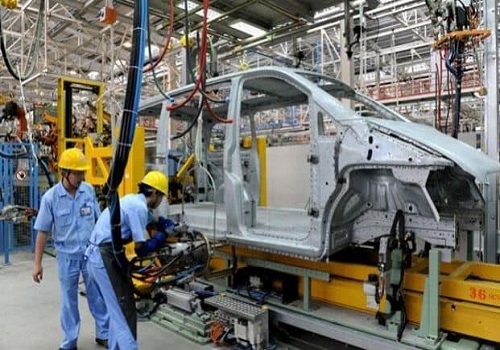

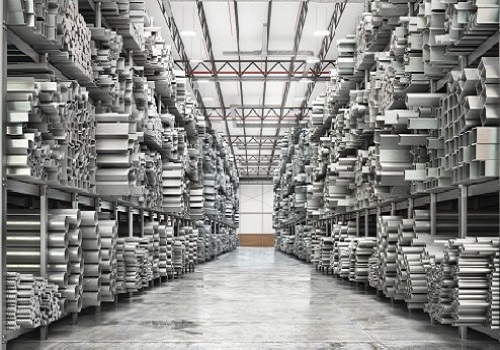


 320-x-100_uti_gold.jpg" alt="Advertisement">
320-x-100_uti_gold.jpg" alt="Advertisement">

